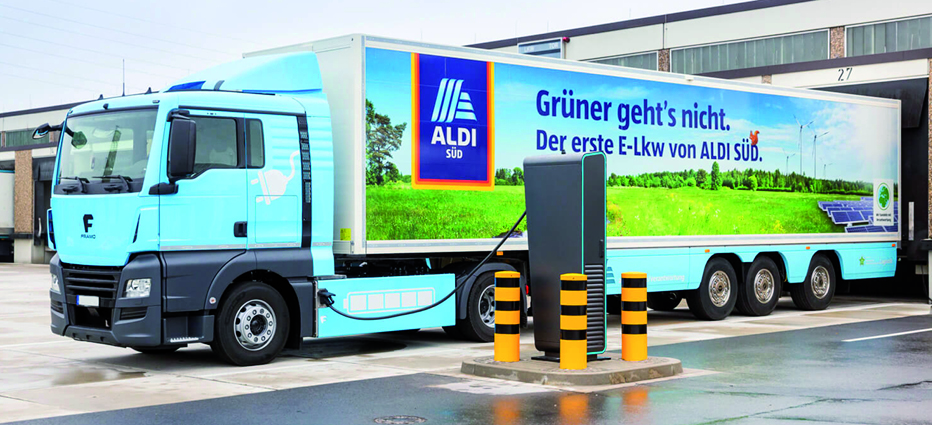 Gastautor Bojan_Jukic von goUrban. Foto: goUrban
Gastautor Bojan_Jukic von goUrban. Foto: goUrban
There are mobility trends, such as electric cars or autonomous driving, that regularly make public headlines. Others develop more in the background, but could have all the greater impact on the future of mobility – even if they won’t have their full effect for several years. The massive use of software is the best example. Bojan Jukić, co-founder and CTO of goUrban, in a guest article in the current eMove360° Magazin in german language.
The automotive industry is undergoing massive changes. In a few years, software will be the decisive competitive factor for manufacturers and suppliers. The “software-defined vehicle” (SWdV), for example, already represents a trend that makes it clear that software will massively drive the customer experience and in some cases even the specification of the hardware. This does not end with the possibility of retrofitting attractive assistance functions in one’s own car or integrating AI algorithms into the vehicle, but enables new business models and use cases – not least for shared mobility providers. For example, it enables seats and mirrors to be automatically adjusted to the user’s profile when he or she enters the vehicle. The possibilities for creating general access to mobility will thus become much more diverse than simply continuing to make owning your own car attractive. Under these auspices, mobility providers worldwide will increasingly rely on a holistic, data-driven approach to shared mobility management.
Investment in software on the rise
It has already become clear in recent years that automotive manufacturers and their suppliers are investing increasingly heavily in software. According to an analysis by McKinsey, the global market for automotive software and electronics is expected to reach $462 billion by 2030. This represents a compound annual growth rate (CAGR) of 5.5 percent between 2019 and 2030. In contrast, the overall automotive market for passenger cars and light commercial vehicles is forecast to grow at an annual rate of just 1 percent over the same period. Reasons for this divergence, which reflects a significant change in the future of mobility, include the expansion of urban access restrictions, for example in the form of environmental zones, and the increasing establishment of mobility services such as car sharing and micromobility. The latter help to reduce private vehicle ownership by making mobility a service (mobility-as-a-service).
Regulatory pressure and tense market situation
Despite this promising outlook, shared mobility providers are currently facing major challenges: The sense of uncertainty in the market is increasing due to global conflicts, a post-pandemic world and the economic crisis. As a result, the financial situation for shared mobility operators is becoming increasingly difficult, and the days of seemingly unlimited growth are well and truly over. In addition, policymakers are struggling to find a balance between public safety, use of space, and increasing demand for on-demand transportation options. There is also growing concern that the decision to ban scooters in Paris could have repercussions beyond the country’s borders. What role can mobility software play in this tense situation? Will the right software enable greater flexibility and adaptability in the development and deployment of new mobility solutions?

The software of the future
The current market situation is forcing operators to streamline their operations and increase profitability. Reliable, data-driven, revenue-generating – these are the characteristics that the ideal software should bring to ensure the operational success of a mobility company in a volatile and competitive market. At the same time, software must enable flexible, convenient, secure and always-available mobility usage – whether spontaneous and to the minute or for hours, days or longer-term on a monthly or annual subscription basis.
Properly selected and integrated, software enables faster product development, more flexible adaptation to user and market needs. This is an important step in ensuring the transition from flexible and convenient rental models and accelerating the introduction of new mobility solutions. By minimizing risks and improving innovation, companies can continuously improve and update their products and services to remain competitive.
In order to find solutions to the most pressing challenges, mobility software providers are working at full speed to further develop their products. It is foreseeable that the best mobility software will be decisive for the competitive success of providers in the future. This means that we can firmly expect software innovations in the field of shared mobility to make headlines in the future. (https://gourban.co)
Download the eMove360° magazine in german language free of charge or order the print version in the shop.